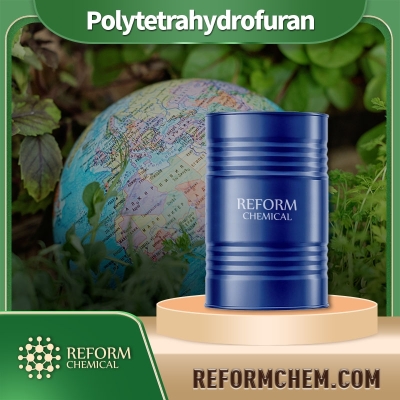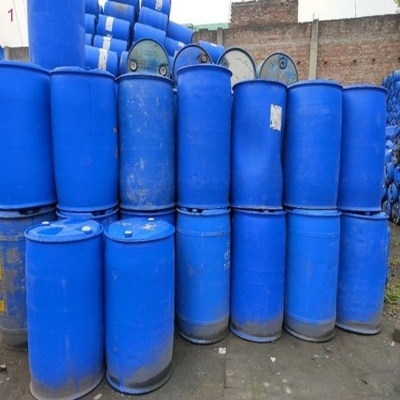-
Categories
-
Pharmaceutical Intermediates
-
Active Pharmaceutical Ingredients
-
Food Additives
- Industrial Coatings
- Agrochemicals
- Dyes and Pigments
- Surfactant
- Flavors and Fragrances
- Chemical Reagents
- Catalyst and Auxiliary
- Natural Products
- Inorganic Chemistry
-
Organic Chemistry
-
Biochemical Engineering
- Analytical Chemistry
-
Cosmetic Ingredient
- Water Treatment Chemical
-
Pharmaceutical Intermediates
Promotion
ECHEMI Mall
Wholesale
Weekly Price
Exhibition
News
-
Trade Service
1.
Residues of veterinary drugs and their sources
Veterinary drug residues, the abbreviation for "residues of veterinary drugs in animal-derived foods", refer to the parent compounds and/or metabolites of veterinary drugs contained in any edible part of animal products, as well as impurities related to veterinary drugs
.
Therefore, veterinary drug residues include not only the original drug, but also the metabolites of the drug in the animal body and the impurities associated with the production of veterinary drugs
The main sources of veterinary drug residues: one is the unreasonable use of veterinary drugs
.
Some farmers have improper use of drugs in the breeding process due to lack of knowledge of drug use, such as drug dosage, route of administration, and animal species that do not meet the drug requirements
2.
Types and hazards of veterinary drug residues
The veterinary drugs that are more likely to cause excessive veterinary drug residues in animal-derived foods are mainly antibiotics, sulfonamides , furans , antiparasites and hormone drugs
.
The hazards of veterinary drug residues to humans and the environment are mainly chronic, long-term and cumulative
.
After long-term consumption of food with excessive veterinary drug residues, when the concentration of the drug accumulated in the body reaches a certain amount, it will cause allergic reactions, acute and chronic poisoning, the production of drug-resistant bacteria, "three causes" effects and hormone-like effects
The problem of drug residues in animal-derived foods is relatively serious in China.
3.
The determination of veterinary drug residues can be divided into enzyme-linked immunoassay, high-performance liquid chromatography, gas chromatography, gas chromatography-mass spectrometry, high-performance liquid chromatography-tandem mass spectrometry, etc.







